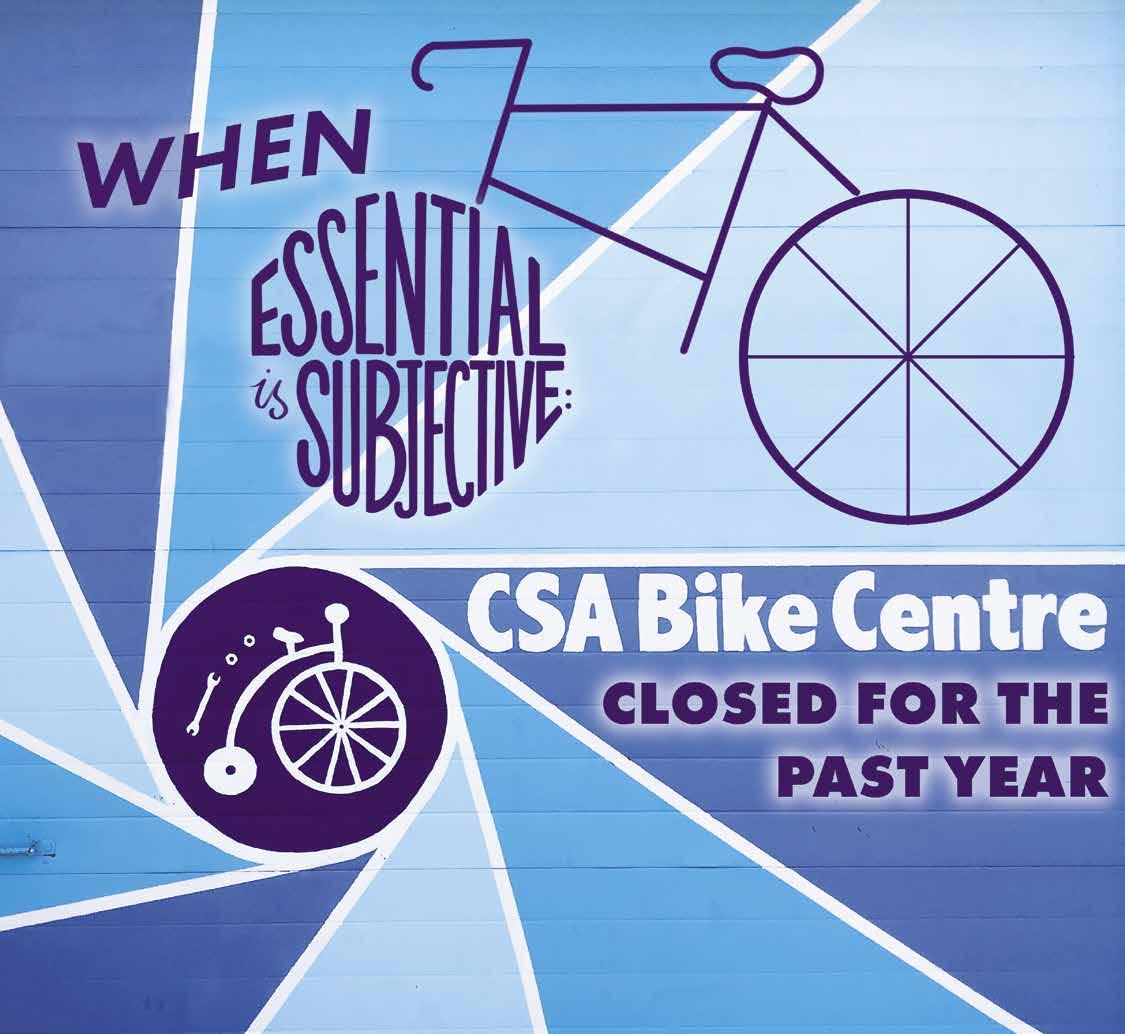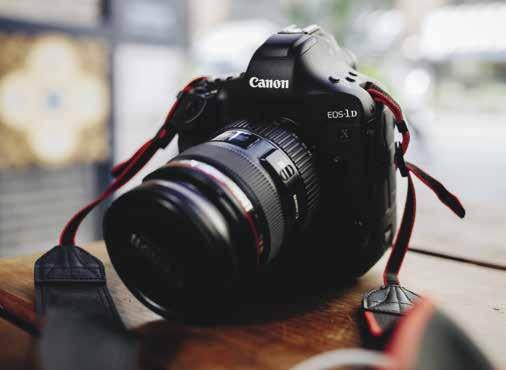
3 minute read
Beginner’s guide to buying a camera
from The Ontarion - 190.5
by The Ontarion
Beginner photographers are encouraged to consider the sensor size, lens type, and settings of a camera before purchasing it.
A few key factors to keep in mind before making your purchase
NICOLAS BUCK
When it comes to buying a camera, there are many factors that need to be considered before making your purchase. Here are the basics to help give you a better understanding of what to prioritize in your decision.
The two most popular types of cameras to choose from are: DSLR, a bulkier build of camera that has an optical viewfinder and a wide range of lenses to choose from; and mirrorless, which lack the viewfinder that DSLR cameras have but in turn have a reduced body size for easier handling.
Features to consider before purchasing a camera: Recommendations:

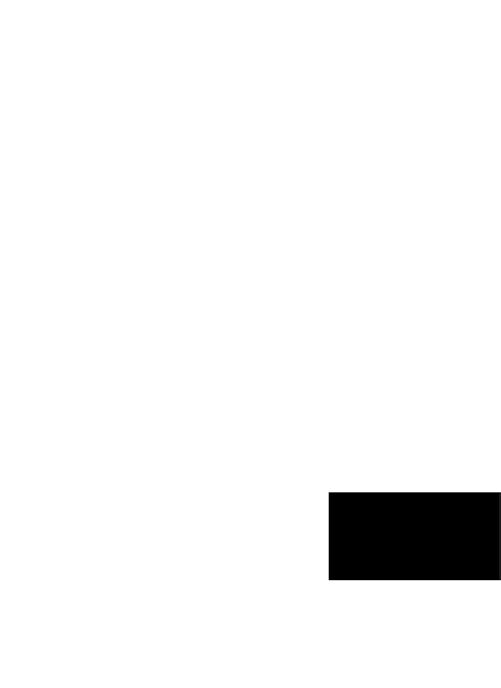

SENSOR SIZE
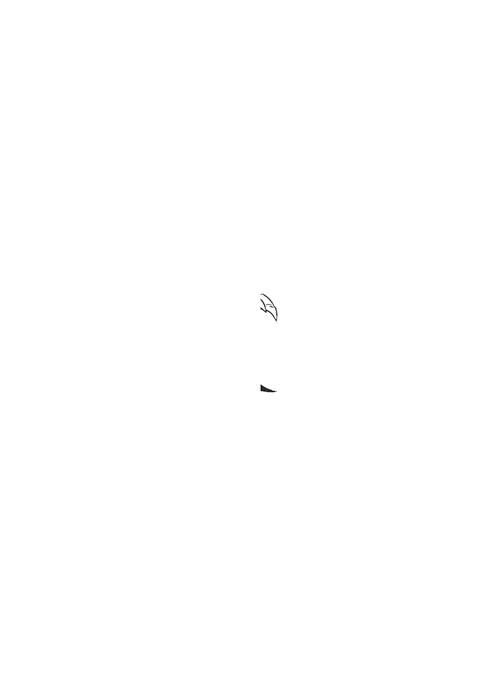
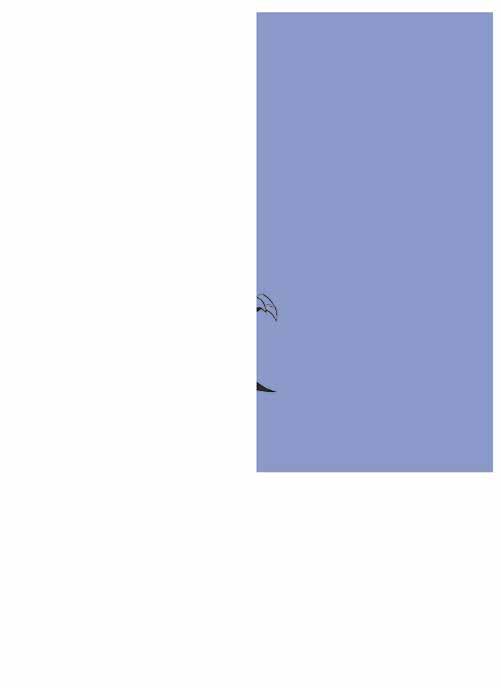

Sensor size determines how much light is used to create an image. Sensors will vary from camera to camera and brand to brand. To break it down, cameras can either have a full frame sensor or a sensor with a crop factor. sors. However, these cameras will be bulkier, require bigger lenses, and usually cost more. Bigger sensors are also able to capture more of an image while also having an easier time isolating the subject from the background.
Cropped Frame: Sensors with a cropped sensor will be smaller in size and are usually less expensive to buy. These cameras will require lenses with smaller focal lengths to achieve the same result one would with a full frame camera (i.e. An aps-c lens at 28mm, which is a type of cropped lens for DSLRs, will be equivalent to a 45mm lens on a full frame sensor). One advantage to sensors with a cropped sensor is that they can fit both cropped lenses and full frame lenses.
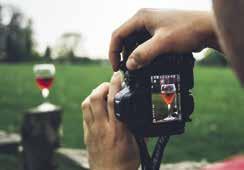
LENSES
Lenses serve different purposes. For example, smaller ones such as a 24mm lens will give you a wider image, while lenses that have a focal length of 70mm or more will give you a more narrow and zoomedin image. There are few different types of lenses which include macro, telephoto, and wide angle, but the two to focus on are prime lenses and zoom lenses.
Prime Lens: The focal length can be anywhere between 12mm and 5200mm, and that number will always remain the same. Prime lenses are much smaller in size but are usually more expensive. The price comes from having wider apertures (which allows more light into your photo) while also being known for shooting better quality images.
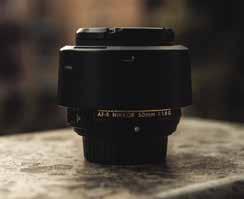
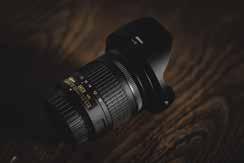
Zoom Lens: They are bulkier and usually cheaper than prime lenses. The apertures on zoom lenses usually don’t go as wide as prime lenses making it harder to shoot in darker environments. Overall the main advantage of a zoom lens is the versatility in being able to stay stationary while changing the focal distance. CAMERA SETTINGS
There are features built into the camera that may influence your choice depending on what your main goal is. Here are some key terms (some of which can be interchangeable) that you may want to do some research on.
For video: 4k capability/ touch screen/ articulating screen/ image stabilization/ mic input.
For photos: megapixels/ raw file support/ built in flash/ auto focus/ shutter speed/ fps.
ISO: The ISO is used to add artificial light to your shot. The higher the number, the more light is added.
Frame Rate (fps): If you are looking to film in slow motion, you may want to look for a camera that allows 60 to even 120fps at 1080p or higher. For photography, the higher the number, the more images can be captured for a fast moving target (5-7fps in standard).
Every camera has its own unique features and every feature serves its own purpose. Find out what you’re trying to capture and look into the key factors listed in this article to help with your decision.
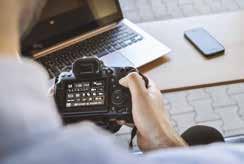
Highly Rated Mirrorless Camera: Sony A7iii Highly Rated DSLR Camera: Nikon D850 Good for beginners: Canon EOS 850D / Sony A6000



